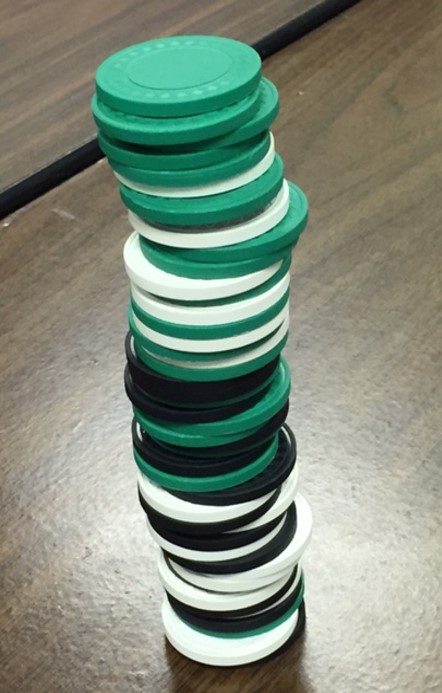By Nadine Briggs and Donna Shea
Starting a conversation with another person can be intimidating, especially if small chat is not a personal strength or if you don’t know  someone very well. Let’s face it, you’re taking a gamble. Is the person going to want to talk to you? Will he or she be interested in what you have to say? Will there be (gasp) awkward silences?
someone very well. Let’s face it, you’re taking a gamble. Is the person going to want to talk to you? Will he or she be interested in what you have to say? Will there be (gasp) awkward silences?
A quick online search will provide many resources on websites providing ideas for conversation starters. Pinterest is also a great place for ideas on initiating a conversation It can be relatively easy to initiate a conversation, but what comes after that initial starter? What do you say next? That’s where talking to others can become tricky. To practice this important skill, we play a game at our social skills centers that encourages kids and teens to keep finding new points to add to a conversation. Each child or teen is given a different colored stack of poker chips. Each time they add to the conversation, they add a chip to the pile.
We coach them to on how to tell if the other person is interested in the topic that he or she introduced into the conversation. A simple question like “Hey, I’ve really been into creating a YouTube channel lately, are you into that at all?” If the other person is interested, great! If not, try again or maybe the other person will then share about something that interests him or her. We also let the kids and teens know that it’s okay to make two points in a row and how to change the focus of the conversation to a new topic. Using poker chips also provides a great visual for kids who tend to forget to let the other person have a turn in the conversation and to see if the number of chips appears about equal. It might take more than one try to get the conversation going, but that’s okay. Not every conversation is going to go smoothly but by trying again, it shows that you are really interested in getting to know the other person.
This is a simple activity but has proven to be very effective. The picture shows the result. Kids won’t always have a visual tool to help keep conversations from becoming stagnant, but with practice, a child or teen will learn how to delve deeper into understanding others and will no longer need the prop. He or she will learn that deepening a conversation is a gamble worth taking and the odds will be in is or her favor to deepening the friendship.

